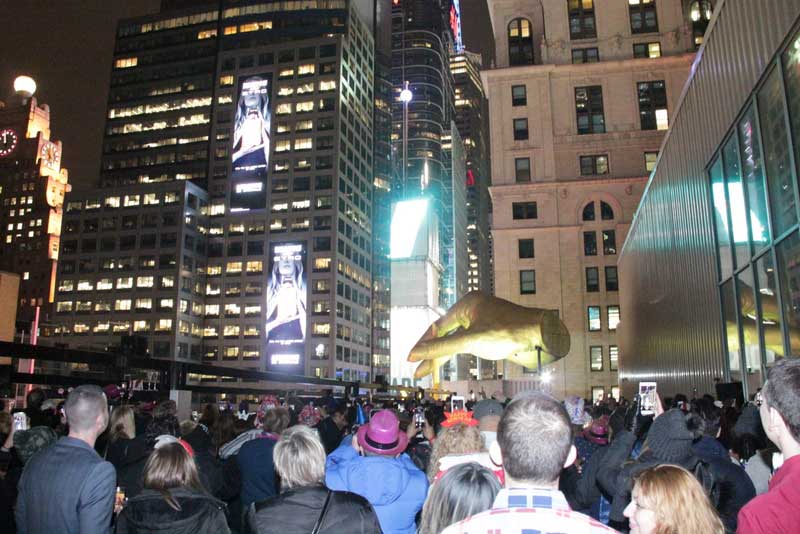
The New 42nd Street, a New York State and New York City non-profit entity that oversees seven landmark theaters on 42nd Street, interviewed over 90 suitors interested repairing and converting the theater. The layout proved difficult and the project was abandoned. Previous efforts to convert the theater were attempted by retailers such as Mark Ecko, which had the lease in the 2000s, and Broadway 4D, which leased the space for four years. Its small size was problematic for Broadway productions since the 1930s and the theater showed its last film in 1989. The notable architecture firm Beyer Blinder Belle, which undertook the celebrated restorations of Grand Central Terminal, The Frick Collection, and The Metropolitan Museum of Art, is the firm of record for the Times Square Theatre.ĭespite the long and grand facade of the Times Square Theater, the theater only ever sat 900 patrons with limited back-of-house area. With the onset of the Great Depression, the theater struggled financially, turning to vaudeville and films. Recently, Untapped Cities had the opportunity to walk through the theater with Armen Boyajian, Executive of Vice President of Stillman Development International, before formal restoration and construction work begins. It is also the last remaining property to be redeveloped along 42nd Street, in a process that began in the 1980s to “clean up” Times Square. But its story is about to change, with a projected re-opening in 2020 as a flagship 52,000 square foot retail, entertainment and restaurant property, allowing the public to enter it for the first time in over thirty years.


42nd Street is one of those, sitting incongruously amongst flashy new structures and signage.

The limestone colonnaded Times Square Theater at 215 W. Times Square contains some of the city’s last mythic places, lost and inaccessible for decades, with a storied history waiting to be rediscovered by New Yorkers (and visitors, of course).


 0 kommentar(er)
0 kommentar(er)
